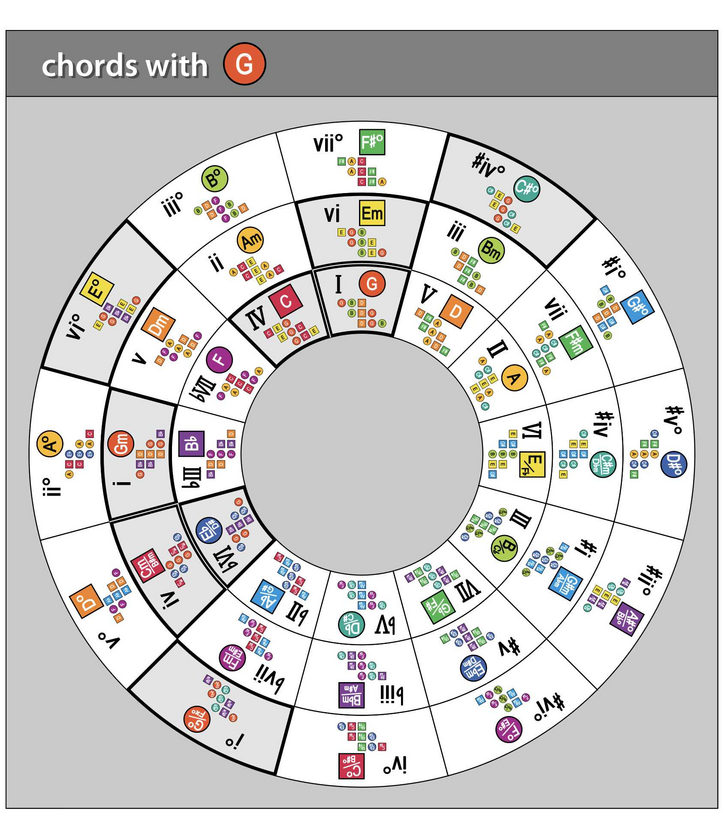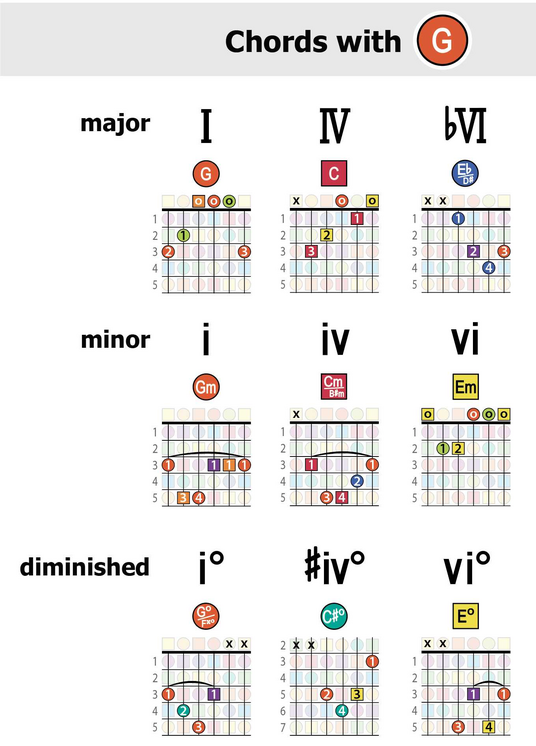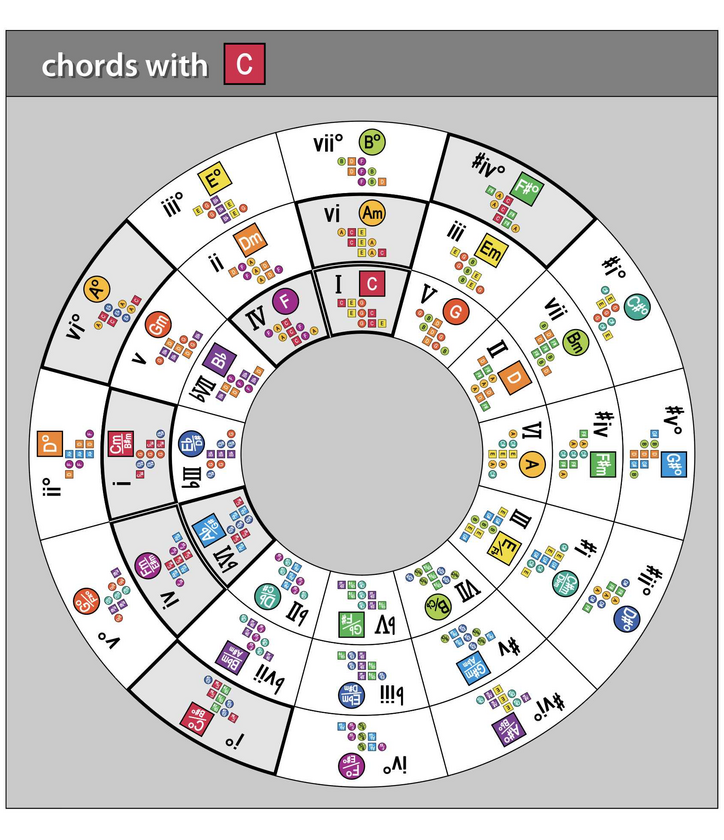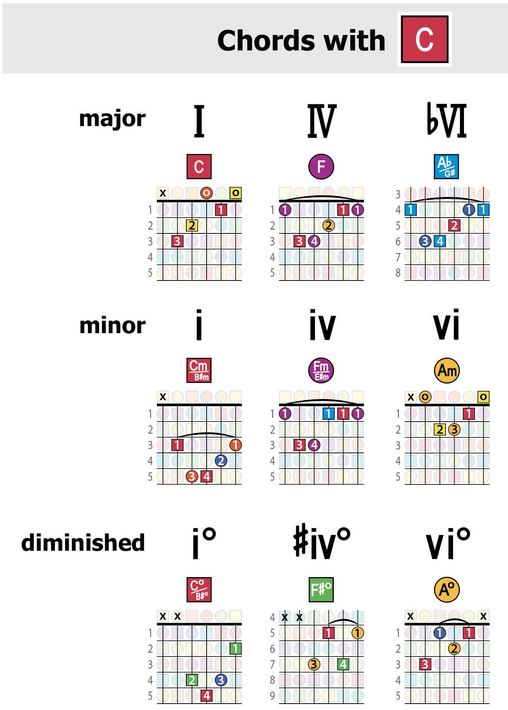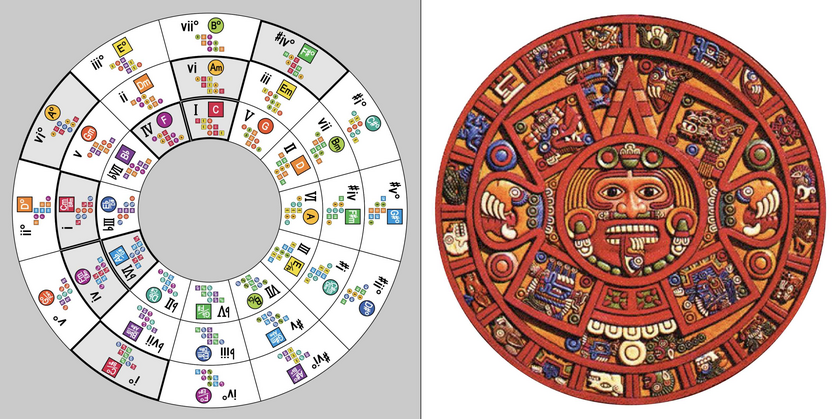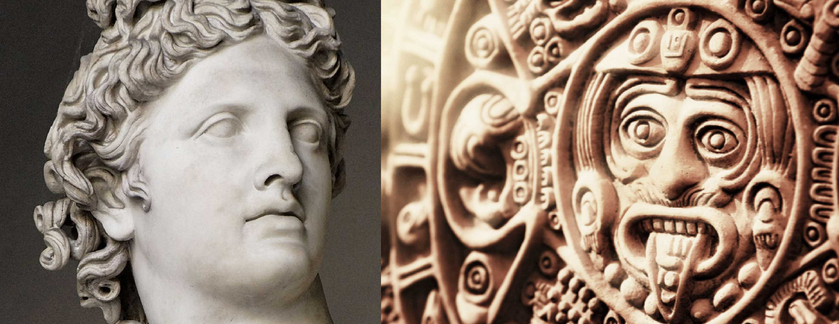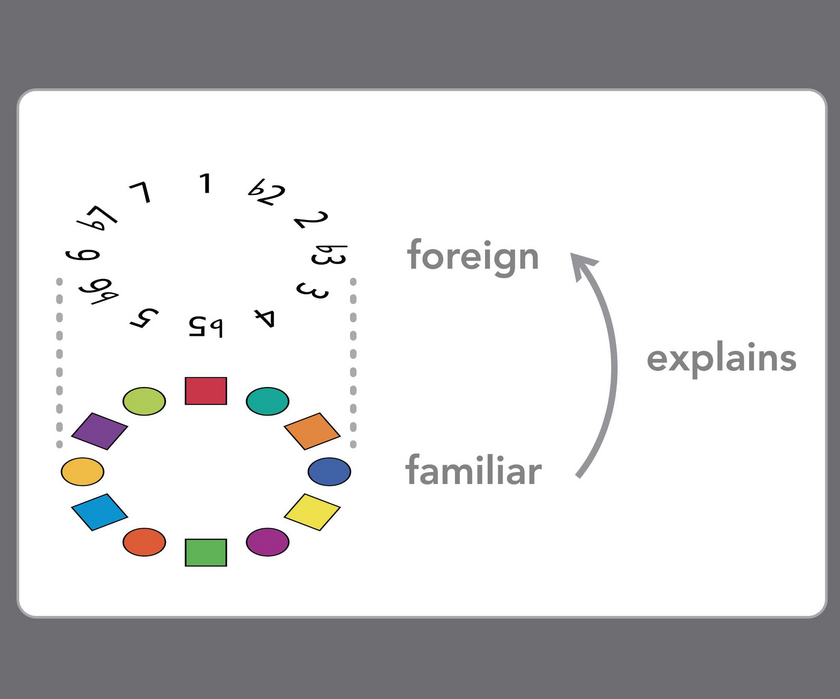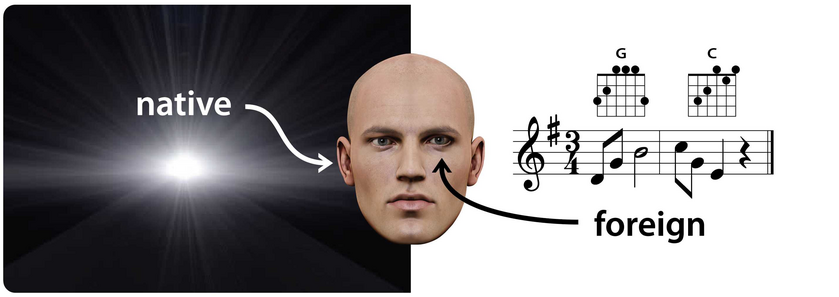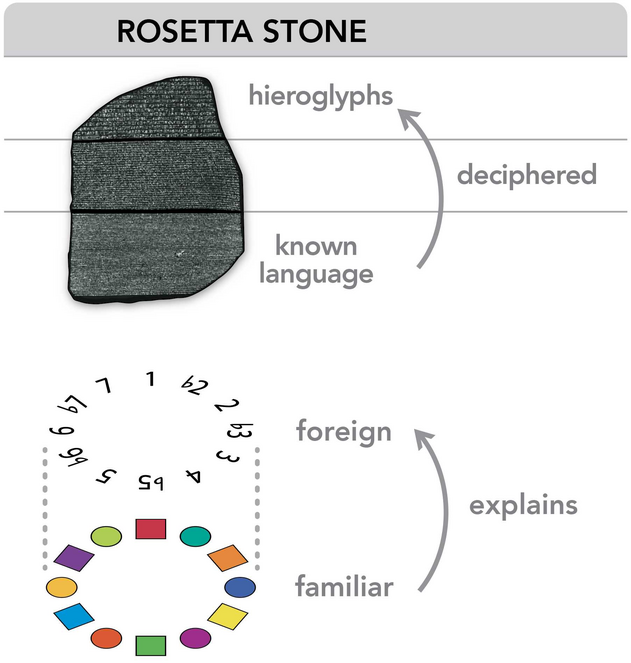In an earlier post (#173), you can see how the C major scale forms a variety of permutations or "relative modes." Each permutation (or "mode") is related to the others since they all stem from the same source scale -- hence the name "relative modes."
And what's cool is that this same principle applies to all keys, not just C. For example, when you take the 7 notes of the G major scale -- G, A, B, C, D, E, F#, G -- you likewise come up with 7 modes starting on each respective note.
 Because each mode begins and ends on a different note (or "tonic") of the mode, each pattern is a distinct sound. In this example, the tonic of G Ionian is G ... while the tonic of A Dorian is A ... and so on.
Because each mode begins and ends on a different note (or "tonic") of the mode, each pattern is a distinct sound. In this example, the tonic of G Ionian is G ... while the tonic of A Dorian is A ... and so on.
When played simply as a sequence of notes, each pattern sounds nice. But these same modal patterns can also be played as chords. For example, if you focus on the G major scale (a.k.a., G Ionian, or the first mode) and play it as chords, this is what you get:

The G Ionian mode sounds good fleshed out as harmonies like this because it's really just the major scale pattern on steriods.
And just like the notes, these same 7 chords can also be arranged into 7 permutations -- like these three patterns, for example:

And, as you would expect, the same idea applies to all of the other chords in this key, as shown here....



